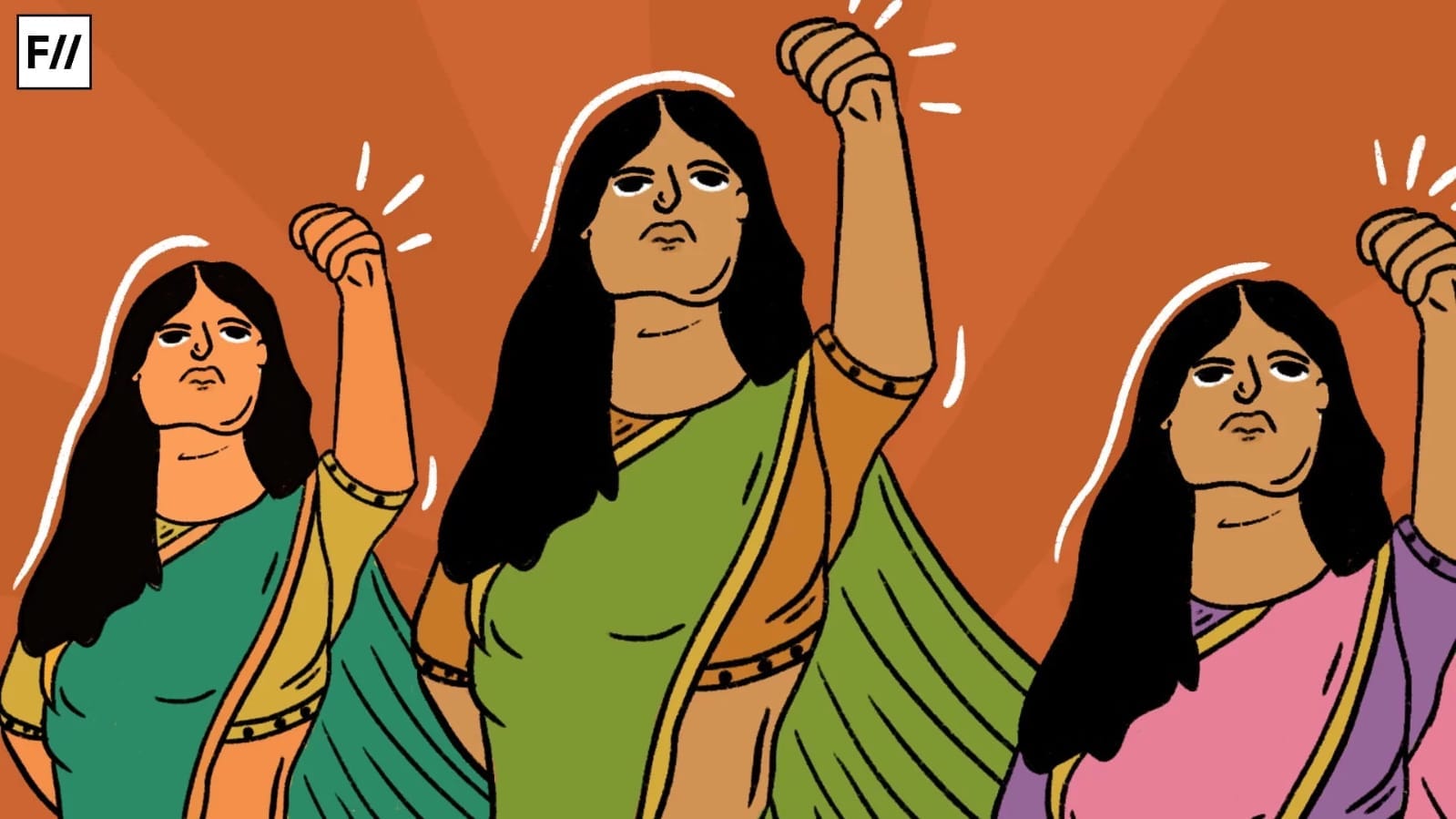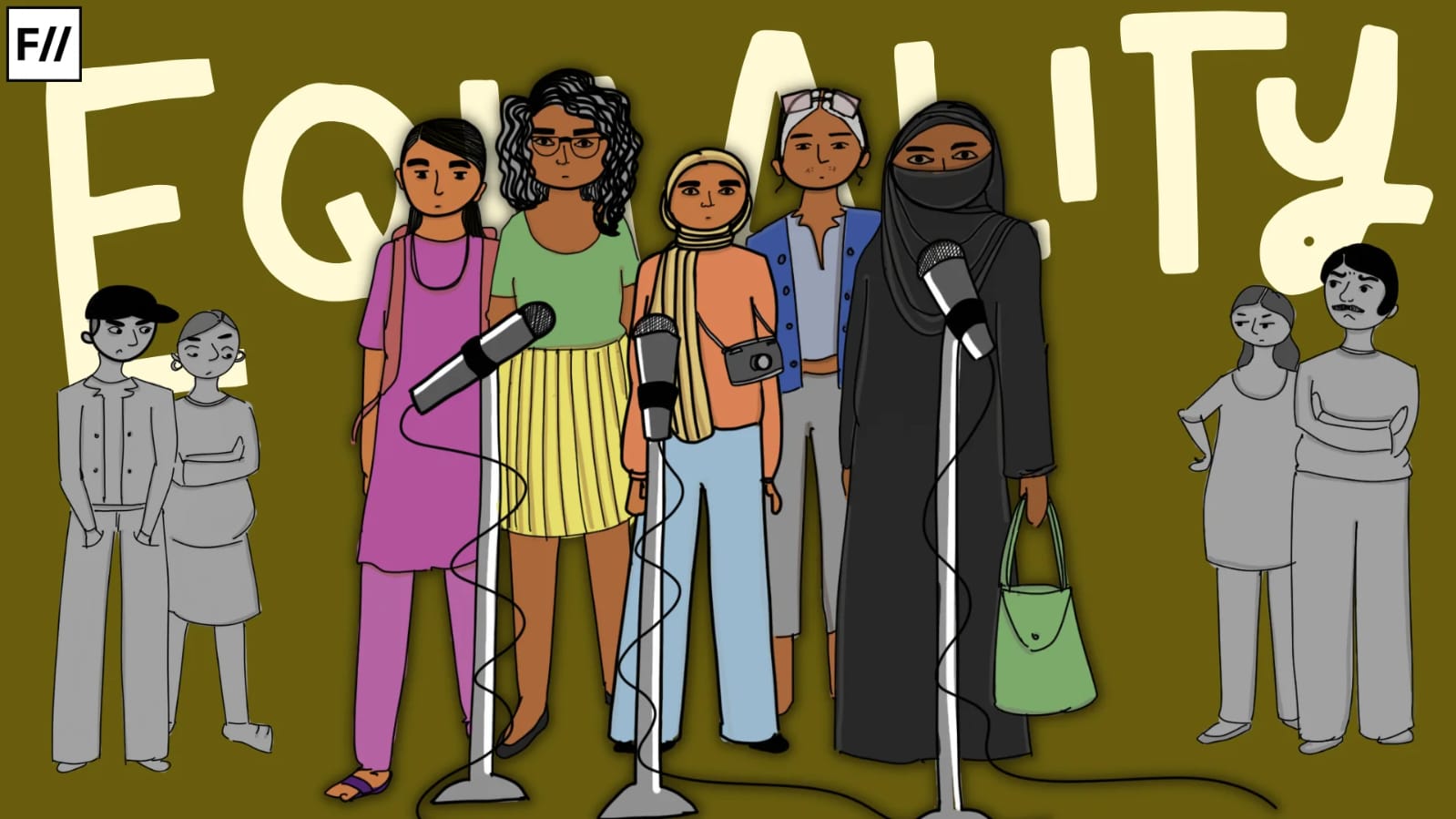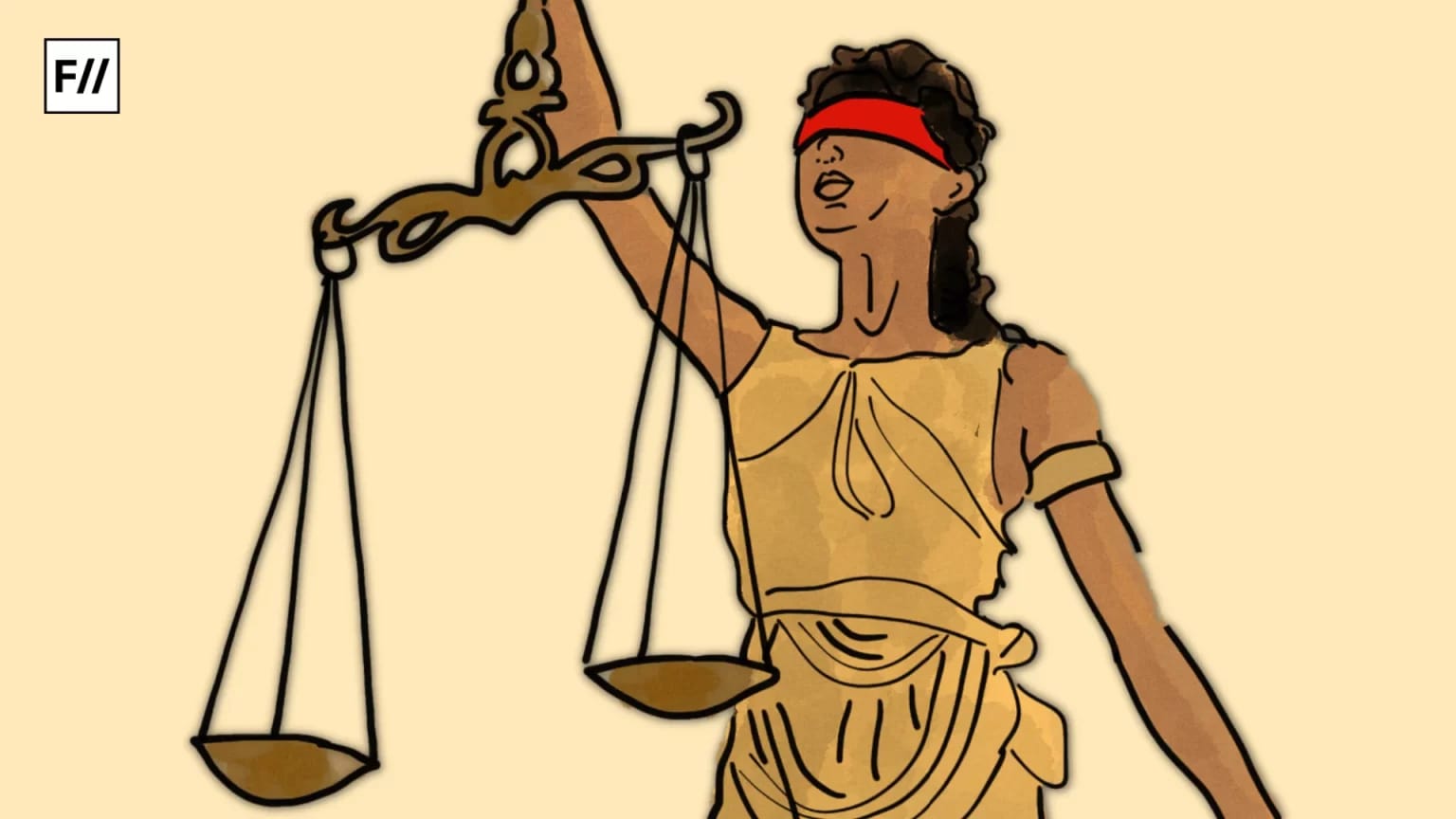In early July, a man who previously worked as a sanitation worker at the Manjunatha Swamy temple in Dharmasthala, Karnataka claimed to have been forced to bury hundreds of bodies of women, men, and children. On 23rd August, the same man was arrested in relation to this case by the Special Investigation Team on the charge of perjury. What developments in the case led to the arrest of a whistleblower? Since the complainant came forward with his allegations, the case has become a point of contention among the political parties within Karnataka. It has also led to requests to revisit old, unresolved cases of disappearances and murders in and around Dharmasthala.
The confessions of the ‘masked man’
The man, whose identity has been revealed as Chennayya, approached the police to file a complaint on 3rd July. He claimed that during his nearly twenty years (1995-2014) as a cleaner for the Dharmasthala temple, he was coerced to bury hundreds of bodies, especially those of women and minors who appeared to have signs of sexual assault. His statement said that he is filing the complaint because he is no longer able to bear the extreme guilt of his actions.
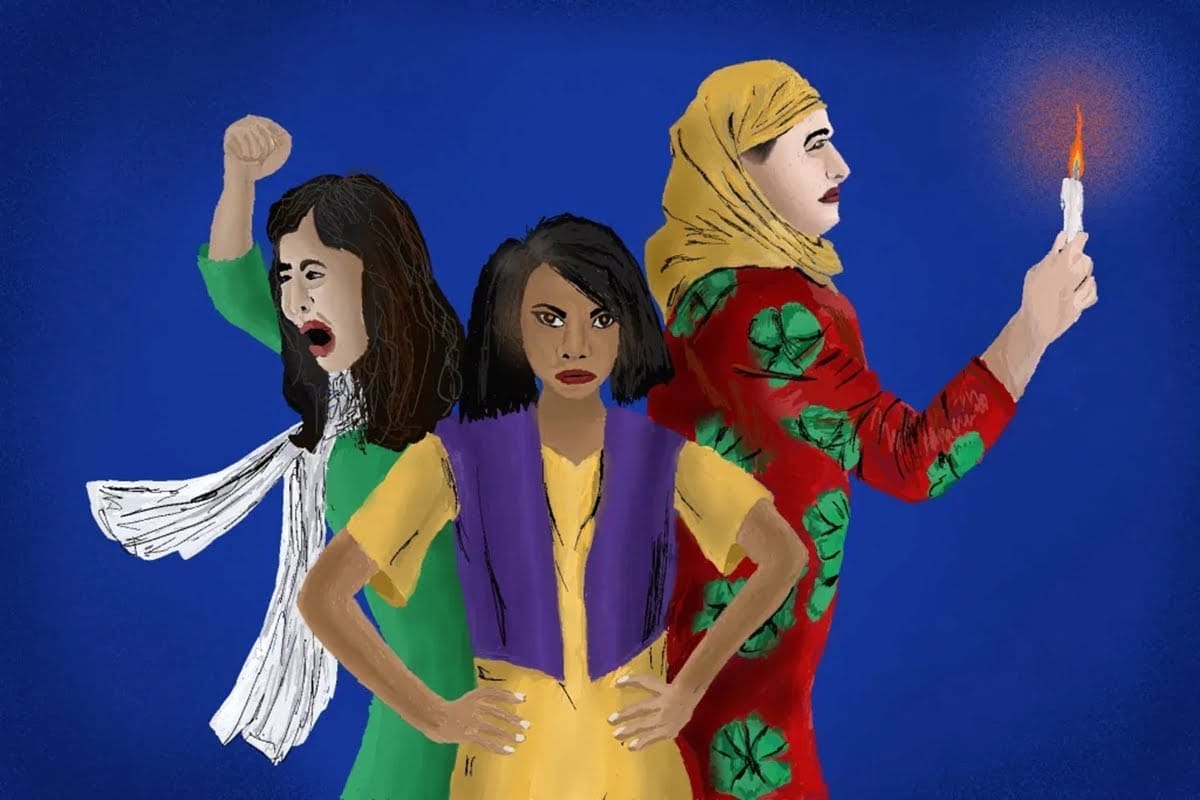
As part of his daily duties, he cleaned near the Nethravathi river, which flows alongside the Dharmasthala temple. During this time, he noticed bodies washing up in the river, those of women and young girls with signs of strangulation. He mentioned that he was given death threats that he would be buried alongside the corpses if he didn’t do as told. He also talked about the murders of destitute men in the temple town, which allegedly took place in his presence.
The masked man, as he was called before his arrest, fled from Dharmasthala in 2014 after one of his own family members was sexually harassed. He alleged that the temple supervisors were involved, and that they were also the ones threatening him and his family, forcing him to become a part of the mass cover-up. Now, he claims that he has come forward in order to provide peace for all the dead people, so that they can receive proper funeral rites.
After his complaint, the man was granted protection under the witness protection scheme.
After his complaint, the man was granted protection under the witness protection scheme. As evidence of the mass murders and mass burial, the masked man produced a human skull that he exhumed in the court. He also claimed that he knew the locations of 13 sites where bodies were buried. On 14th July, The Chairperson of the State Women’s Commission, Nagalakshmi Chowdary, requested Siddaramiah, the Chief Minister, to form a Special Investigation Team (SIT) to probe the matter further. After calls for action from multiple activists, an SIT was formed on July 19th and officially took charge of the investigation.
Reactions to the investigation
The team investigated the burial sites mentioned by the man, but bone fragments were found only in two of the sites. These remains, along with the human skull he had and soil samples from other locations, were sent to the forensic lab for testing. G Parameshwara, Karnataka’s Home Minister, said that SIT could only continue its investigation after the results.
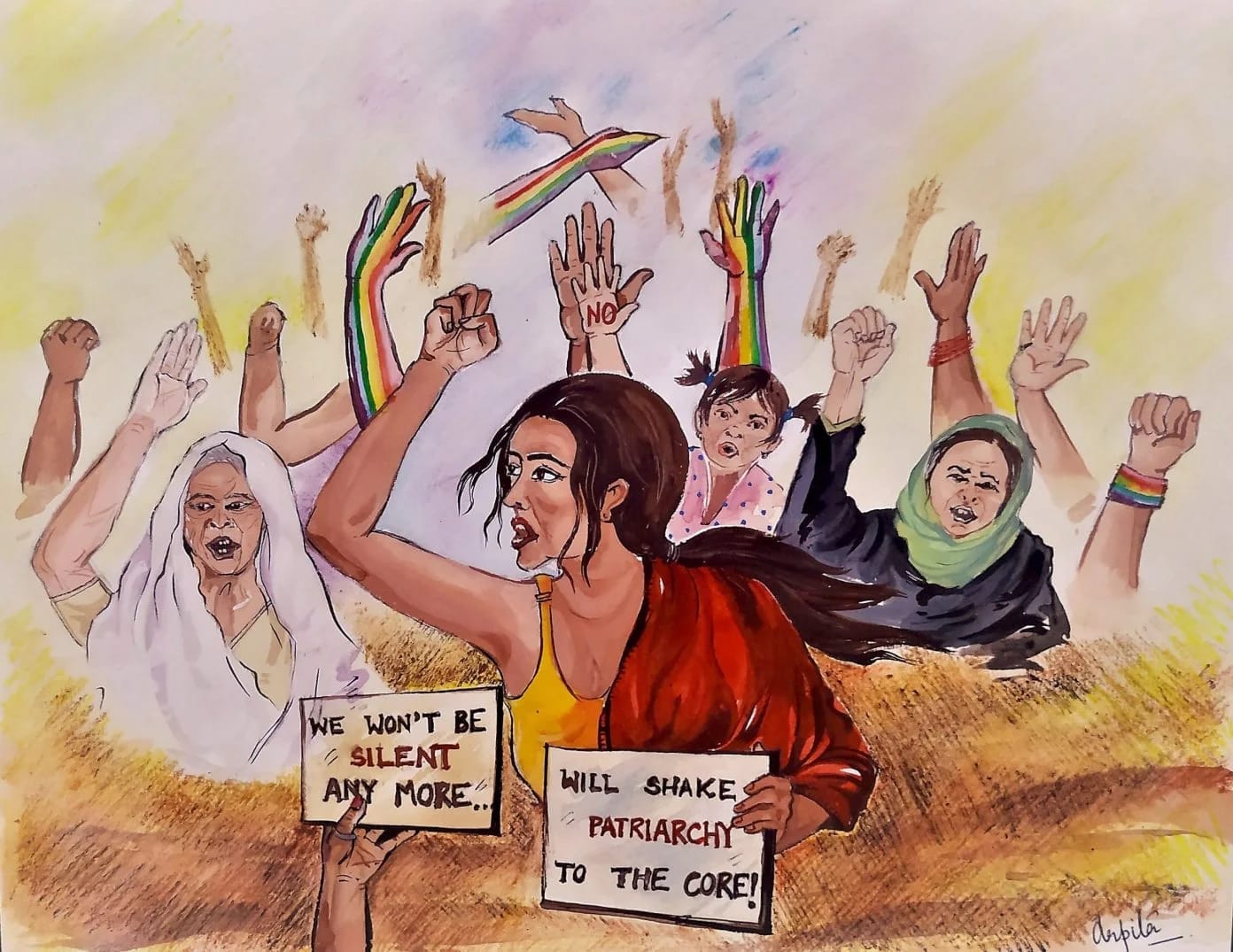
It is still unclear as to who the bones belong to, and many are accusing the sanitation worker, claiming his allegations are a part of a conspiracy to defame the temple. The temple’s dharmadhikari, Veerendra Heggade, welcomed the formation of the SIT and said that the temple administration is fully open, transparent, and willing to cooperate. He hoped that the investigation would conclude soon, and called the accusations false and baseless. Heggade also said that the conspiracy against Dharmasthala temple administration is not new, calling it ‘an organised campaign‘.
Political row: Congress and opposition on the Dharmasthala case
Against this backdrop, the political parties have turned this case into a row. BJP leaders, including BJP Karnataka President B Y Vijayendra, are calling the case a smear campaign. While agreeing with the formation of the SIT, Vijayendra accused the state government of trying to prolong the probe and called it a propaganda. BJP plans to conduct a Dharma Yatra in support of the temple administration on 1st September. Moreover, Vijayendra claimed that many devotees are upset with the false propaganda being carried out against the temple.
In response to these comments, Dinesh Gundu Rao, Karnataka’s Health Minister, said that BJP is trying to play a double game. Saying that the whole case is propaganda against the Dharmasthala temple, D K Shivakumar, the Deputy CM of Karnataka, in fact accused BJP of being behind this smear campaign. He criticised BJP’s plan to rally in Dharmasthala, asking them not to drag devotees into this. He also urged the temple’s dharmadhikari to not be swayed by political games.
Credibility uncertain: SIT
Amidst this chaos, the complainant was arrested on 23 August on the charge of perjury. The man, who earlier appeared in public fully dressed in black with a mask covering almost his entire face, has now been revealed as Chennayya. He has been arrested by the SIT and sent into police custody for ten days. He was also questioned by the chief of the SIT, Pranab Mohanty, after his arrest. Officials said that Chennayya was arrested due to inconsistencies in his statements and the evidence he provided.
Officials said that Chennayya was arrested due to inconsistencies in his statements and the evidence he provided.
Moreover, after his arrest, his wife and villagers claimed that he is a habitual liar. Therefore, this case has become even more complex and difficult to untangle, especially without setting off sentiments that threaten to become further roadblocks for the case.
Long history of crimes in Dharmasthala
During the developments of this case, many other victims’ families came forward and requested the authorities to revisit their cases. The first such case can be dated back to the 1980s. The attention on the “mass burial” case has led people to demand justice once again for Sowjanya, a 17 year old brutally raped and killed in 2012. The sole accused in her case was acquitted in 2023 due to lack of evidence.
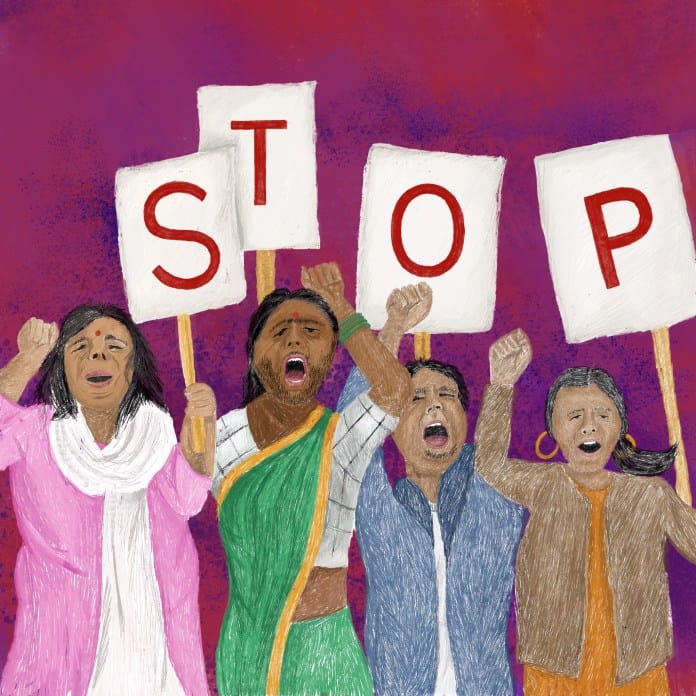
In another instance, Sujatha Bhat, whose daughter Ananya Bhat went missing in 2003, filed a new complaint after the whistleblower’s revelations. She said that she wants peace for her daughter, and Chennayya’s knowledge of the burial sites provides her with hope. She also mentioned that she was discouraged from pursuing justice for her daughter earlier. However, interestingly, she rescinded her statement later, arguing that she fabricated the story of her daughter’s disappearance. She claimed that she was coerced to make such a statement.
The Dharmasthala case began with a single complaint that threatened to unveil a massive, horrific history of crime in a famous temple town. It led to a landslide, inviting a slew of religious, political, and other interventions. Despite the promises of fairness and transparency (from the investigative team as well as the officials being investigated), the picture does not fall into place perfectly. The arrest of the whistleblower and lack of cohesiveness in his own statements further complicates matters. Adding to it the claims of Sujatha Bhat, the voices calling this a smear campaign are only growing louder. Now, the nature of truth itself is unclear. The Dharmasthala case clearly highlights the roadblocks present in the path to getting justice in India. Every few days a new curveball creates a hurdle in the investigation of alleged gruesome crimes against hundreds of people, including women and children in Dharmasthala. Moving forward, only a fair and transparent investigation can uncover.
About the author(s)
Samhita is a final year student of English Studies at IIT Madras. She enjoys reading, and especially loves engaging with women's fiction, as part of her academic research as well. She's a huge fan of sudokus, crosswords, and all sorts of puzzles.
